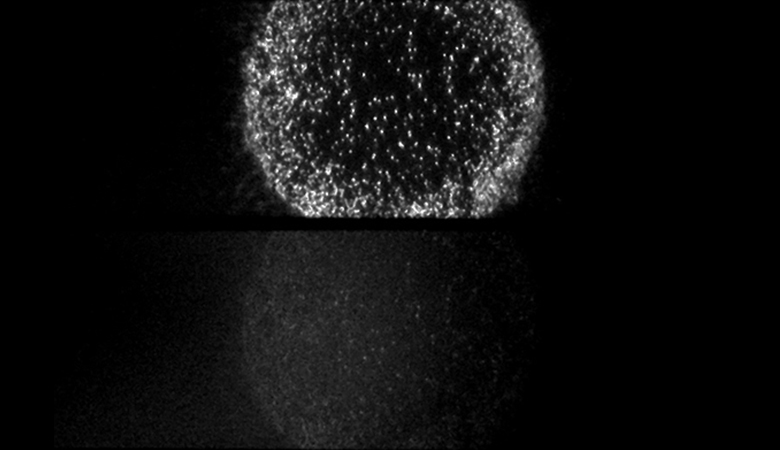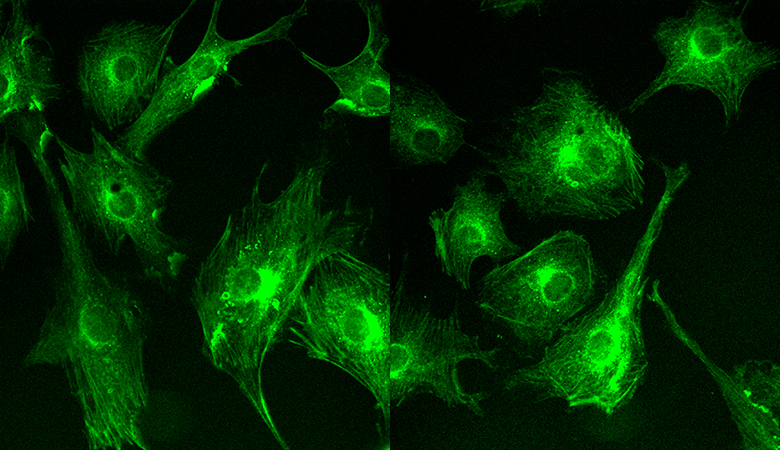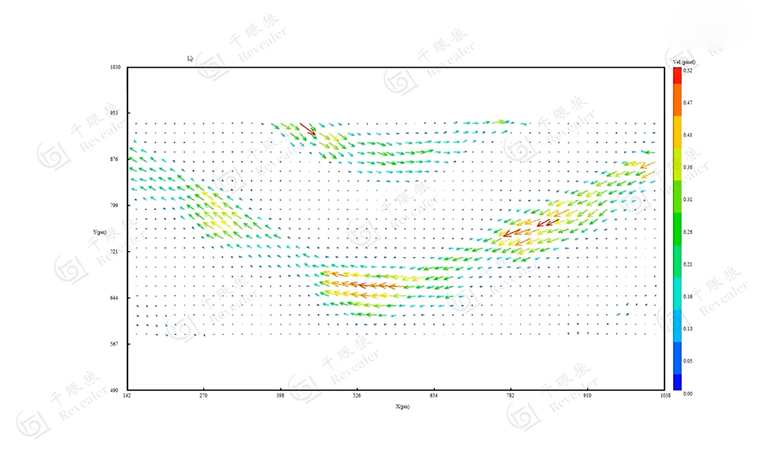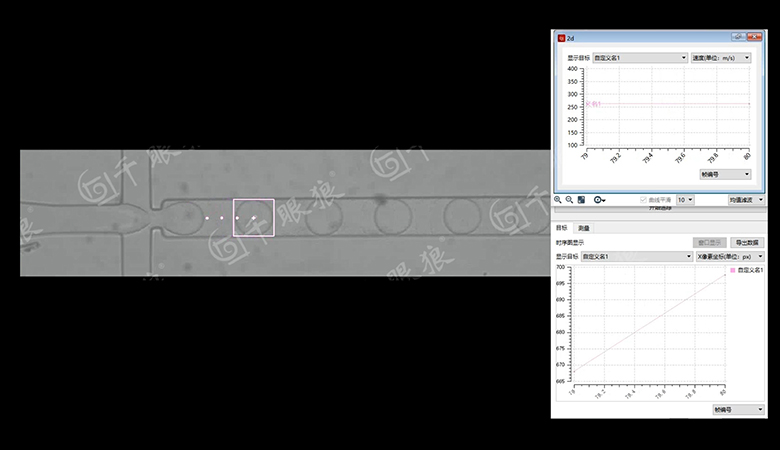
The sCMOS scientific camera Gloria 1605 has the ability to detect weak light at the single-photon level. It can detect signals at the level of 20 photons and has completed the verification of single-molecule sub-nanometer positioning accuracy.

Scientific cameras are used for real-time observation of dynamic processes such as intracellular transport, extracellular matrix remodeling, and organelle activities.

In the microchannels of microfluidic chips, fluid flow exhibits complex laminar and vortex phenomena. Traditional point-measurement methods struggle to obtain detailed velocity field information. The Micro-PIV (Particle Image Velocimetry) flow field measurement system employs high-speed cameras to record the motion of tracer particles. Combined with the cross-correlation PIV algorithm for analysis, it can accurately obtain the velocity vector field of the fluid within the microchannels.

Microfluidic technology involves the generation and manipulation of droplets, as well as the complex flow phenomena of cells within microchannels. High-speed cameras, with their high spatiotemporal resolution, can clearly capture the transient processes of droplets' high-speed splitting, merging, and interactions with the channel walls in microfluidic chip channels.